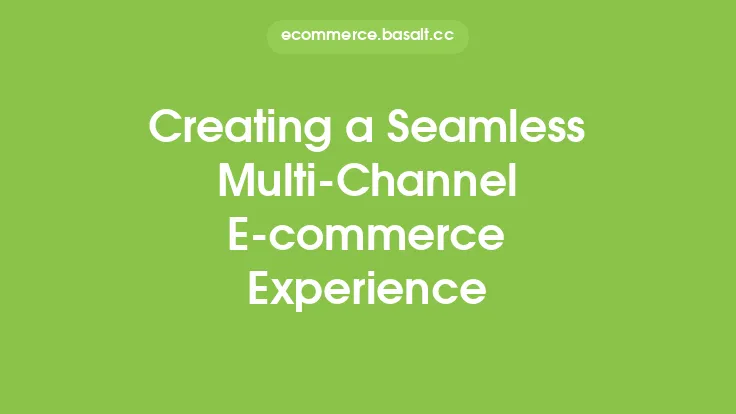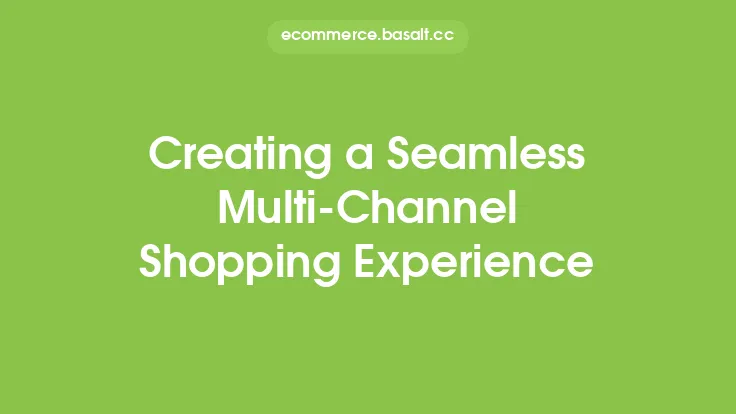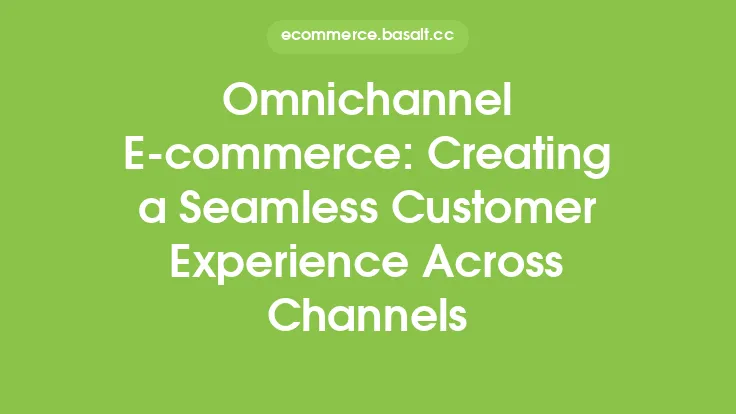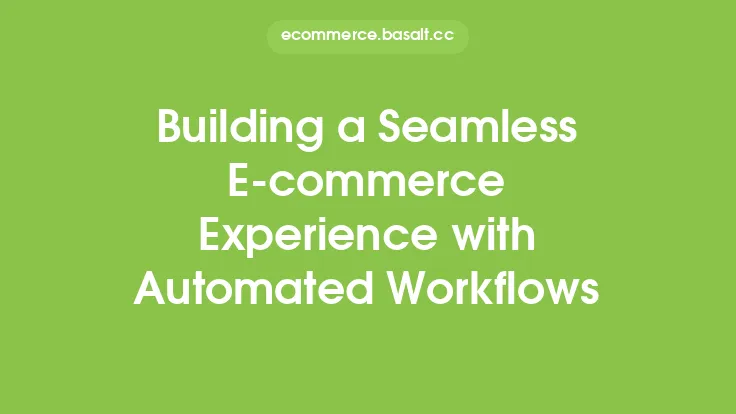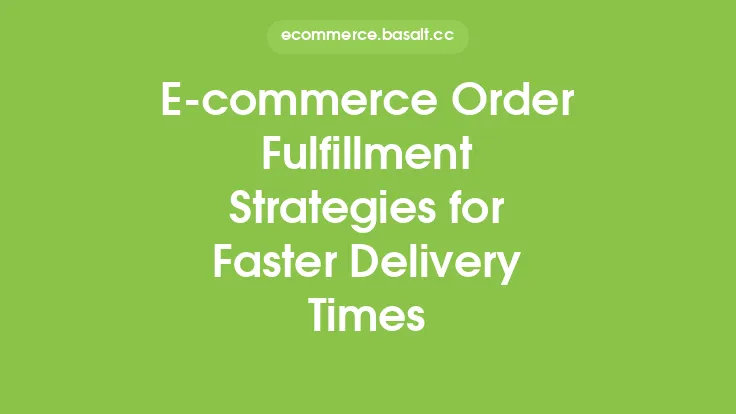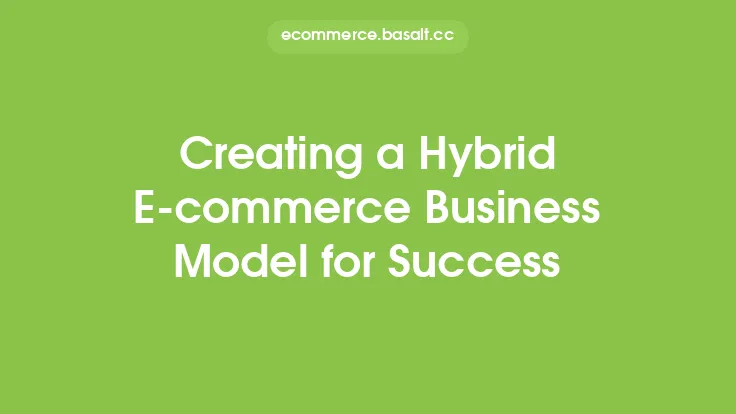In today's fast-paced e-commerce landscape, providing a seamless order fulfillment experience is crucial for building customer loyalty, driving repeat business, and ultimately, boosting revenue. A well-executed order fulfillment strategy can make all the difference in setting an e-commerce business apart from its competitors. At its core, order fulfillment encompasses a range of processes, from receiving and processing orders to packing and shipping products to customers. When done efficiently, it ensures that customers receive their orders quickly, accurately, and in good condition, leading to high satisfaction rates and positive reviews.
Understanding Customer Expectations
To create a seamless order fulfillment experience, it's essential to understand customer expectations. In the digital age, customers are accustomed to instant gratification and have high standards when it comes to delivery speed, order accuracy, and communication. They expect to be able to track their orders in real-time, receive updates on the status of their shipments, and have access to multiple shipping options, including expedited and free shipping. Moreover, customers want their orders to be packaged securely and sustainably, with minimal waste and environmental impact. By understanding these expectations, e-commerce businesses can tailor their order fulfillment strategies to meet and exceed customer demands.
Key Components of a Seamless Order Fulfillment Experience
Several key components contribute to a seamless order fulfillment experience. First and foremost, accurate and efficient order processing is critical. This involves having a robust order management system in place that can handle high volumes of orders, automate tasks, and minimize errors. Next, a reliable and efficient shipping strategy is essential, with options for expedited shipping, free shipping, and flexible delivery windows. Additionally, real-time order tracking and updates are vital, enabling customers to stay informed about the status of their orders and plan accordingly. Finally, a customer-centric returns policy is important, allowing customers to easily return or exchange items that don't meet their expectations.
The Role of Technology in Order Fulfillment
Technology plays a vital role in creating a seamless order fulfillment experience. Advanced order management systems, for instance, can automate tasks, such as order processing, inventory management, and shipping label generation, freeing up staff to focus on higher-value tasks. Moreover, data analytics and machine learning algorithms can help e-commerce businesses optimize their order fulfillment strategies, identifying bottlenecks, predicting demand, and improving supply chain efficiency. Furthermore, mobile apps and digital platforms can provide customers with real-time updates, enabling them to track their orders and receive notifications when their packages are shipped or delivered.
Strategies for Improving Order Fulfillment Efficiency
To improve order fulfillment efficiency, e-commerce businesses can implement several strategies. One approach is to implement a just-in-time (JIT) inventory management system, which involves stocking inventory levels based on real-time demand, reducing waste and minimizing the risk of stockouts. Another strategy is to use zone skipping, which involves shipping orders from a single location to multiple destinations, reducing transportation costs and improving delivery times. Additionally, e-commerce businesses can consider using third-party logistics (3PL) providers, which can offer specialized expertise, scalable capacity, and access to advanced technology and infrastructure.
Measuring the Success of Order Fulfillment
To measure the success of order fulfillment, e-commerce businesses can track a range of key performance indicators (KPIs), including order fulfillment rates, shipping times, and customer satisfaction rates. Other important metrics include inventory turnover, order accuracy, and return rates. By monitoring these KPIs, businesses can identify areas for improvement, optimize their order fulfillment strategies, and make data-driven decisions to drive growth and profitability. Moreover, customer feedback and reviews can provide valuable insights into the order fulfillment experience, highlighting strengths and weaknesses and informing future improvements.
Best Practices for Maintaining a Seamless Order Fulfillment Experience
To maintain a seamless order fulfillment experience, e-commerce businesses should prioritize ongoing evaluation and improvement. This involves regularly assessing order fulfillment processes, identifying bottlenecks, and implementing changes to optimize efficiency and effectiveness. Additionally, businesses should invest in staff training and development, ensuring that employees have the skills and knowledge needed to provide exceptional customer service and support. Furthermore, e-commerce businesses should stay up-to-date with the latest trends and technologies, adopting innovative solutions and strategies to stay ahead of the competition and meet evolving customer expectations. By following these best practices, businesses can create a seamless order fulfillment experience that drives customer loyalty, revenue growth, and long-term success.
